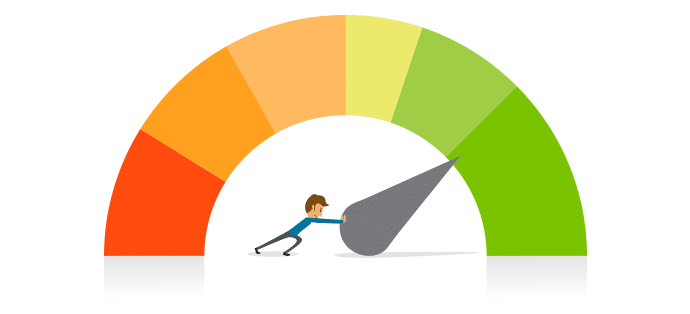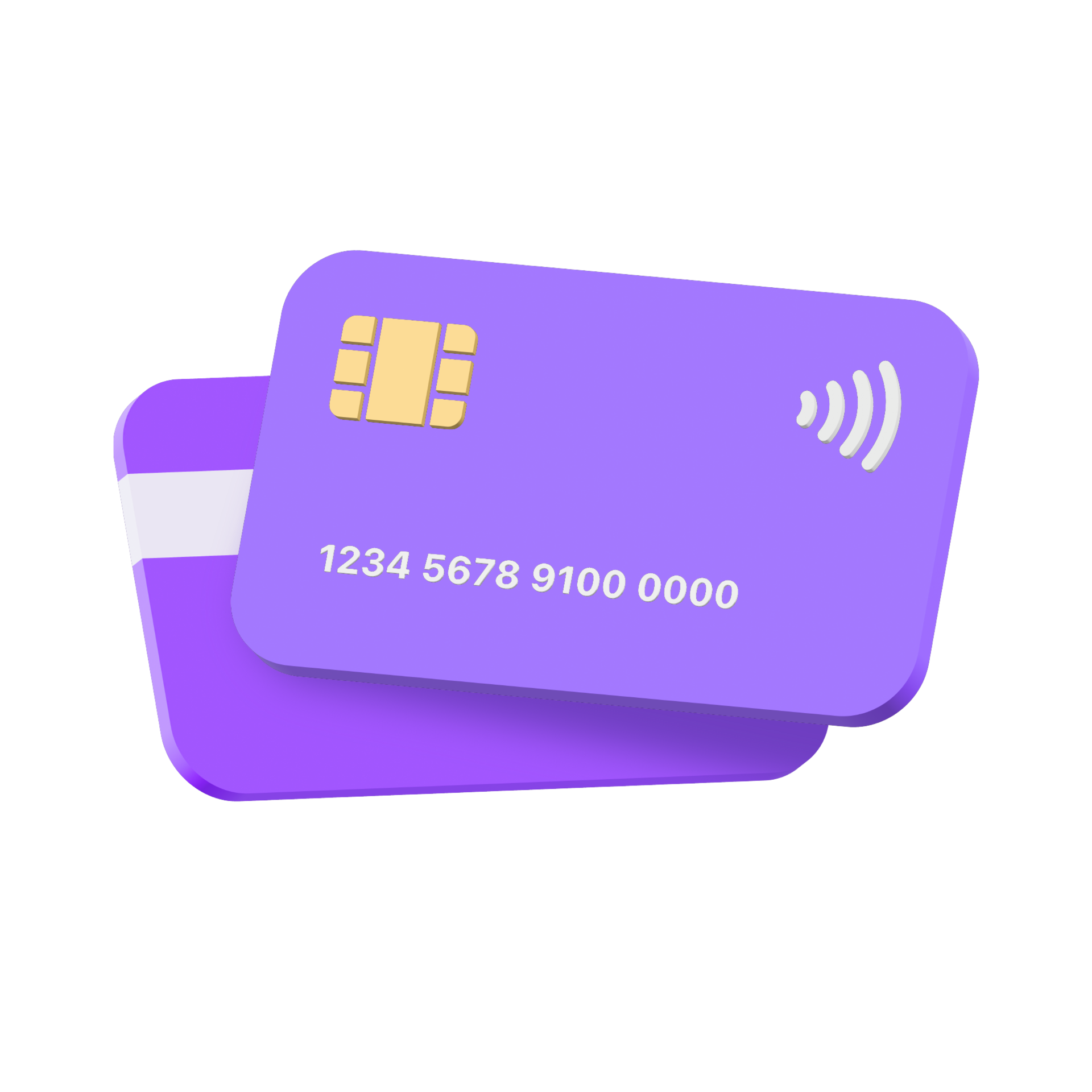Comprehensive Guide to Personal Loan Documents: Everything You Need to Know
In today’s fast-paced world, personal loans have become a go-to financial solution for individuals seeking quick funds to meet their diverse needs. From consolidating debts to financing a dream vacation or handling unforeseen emergencies, personal loans are a versatile financial tool. However, to secure a personal loan, applicants must submit a set of required documents that verify their identity, income, and ability to repay the loan. This comprehensive guide provides detailed insights into the list of personal loan documents, their importance, and tips to streamline your loan application process.
What Are Personal Loan Documents?
Personal loan documents are the essential paperwork required by banks and financial institutions to process and approve a loan application. These documents serve multiple purposes:
- Verification: To confirm your identity, residence, and financial status.
- Risk Assessment: To evaluate your creditworthiness and ability to repay the loan.
- Compliance: To ensure adherence to regulatory norms and prevent fraud.
Why Are Personal Loan Documents Important?
Loan documents play a pivotal role in the approval process. Here’s why they are critical:
- Facilitate Faster Approvals: Complete documentation ensures smooth and quicker processing of your loan application.
- Enhance Credibility: Accurate paperwork builds trust with lenders, improving your chances of approval.
- Compliance with Legal Requirements: Providing necessary documents is mandatory to meet legal and financial regulations.
List of Documents Required for Personal Loans
The exact documentation requirements may vary between lenders, but here’s a standard list of personal loan documents categorized into essential sections:
1. Identity Proof
Lenders require identity proof to verify the applicant’s identity and ensure they are dealing with the right person. Acceptable documents include:
- Aadhaar Card
- PAN Card
- Passport
- Voter ID
- Driving License
- Government-issued Employee ID (if applicable)
2. Address Proof
Address proof establishes the applicant’s residence and helps lenders verify their contact details. Accepted documents include:
- Aadhaar Card
- Passport
- Utility Bills (Electricity, Water, Gas) not older than 3 months
- Rental Agreement
- Bank Statement with Address
- Voter ID
- Driving License
3. Income Proof
Income proof is critical for assessing the applicant’s ability to repay the loan. The requirements vary for salaried and self-employed individuals:
For Salaried Individuals:
- Latest Salary Slips (Last 3-6 months)
- Form 16
- Bank Statements showing salary credits (Last 3-6 months)
For Self-Employed Individuals:
- Income Tax Returns (ITR) of the last 2-3 years
- Audited Financial Statements (Profit & Loss Statement, Balance Sheet)
- Bank Statements (Last 6-12 months)
- Business Registration Certificate or GST Certificate
4. Employment Proof
Employment proof confirms your stability and reliability as an applicant. Commonly required documents include:
- Employee ID Card
- Offer Letter or Appointment Letter
- Work Experience Letter (if applicable)
- Latest Salary Slip or Bank Statement showing salary credits
5. Bank Statements
Bank statements offer insights into your financial health and spending habits. Lenders typically ask for:
- Last 3-6 months’ statements for salaried applicants
- Last 6-12 months’ statements for self-employed applicants
6. Photographs
Passport-sized photographs are usually required for the loan application form.
7. Co-applicant or Guarantor Documents (if applicable)
In cases where a co-applicant or guarantor is involved, their documents will also be required:
- Identity Proof
- Address Proof
- Income Proof
8. Loan-Specific Documents
Depending on the lender and loan type, additional documents may be required, such as:
- Proof of Loan Purpose (e.g., medical bills, travel itinerary, wedding invitation)
- Collateral Documents (for secured loans)
Tips to Streamline Your Personal Loan Application
- Organize Your Documents: Create a folder with all necessary paperwork before applying.
- Check Lender-Specific Requirements: Different lenders may have unique documentation needs.
- Ensure Accuracy: Double-check all information to avoid errors or mismatches.
- Go Digital: Many lenders now accept digital copies of documents for faster processing.
- Seek Expert Help: Consult with financial advisors or loan agents if you’re unsure about documentation requirements.
Conclusion
Understanding the documentation requirements for personal loans is key to ensuring a hassle-free borrowing experience. By being proactive and meticulous in preparing your paperwork, you can significantly enhance your chances of approval while saving time and effort. Whether you’re a salaried professional or a self-employed individual, this guide covers everything you need to know to navigate the personal loan process with ease.




